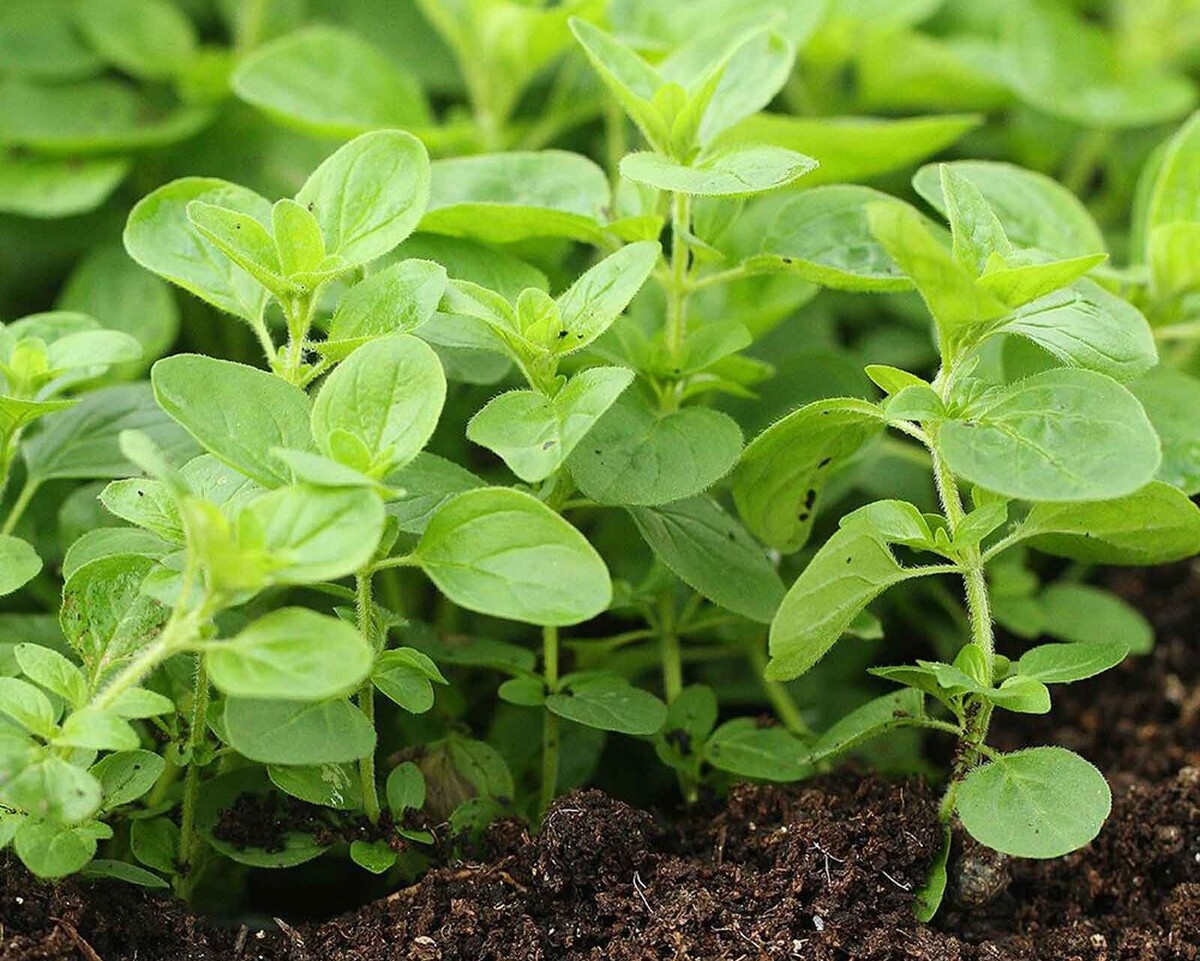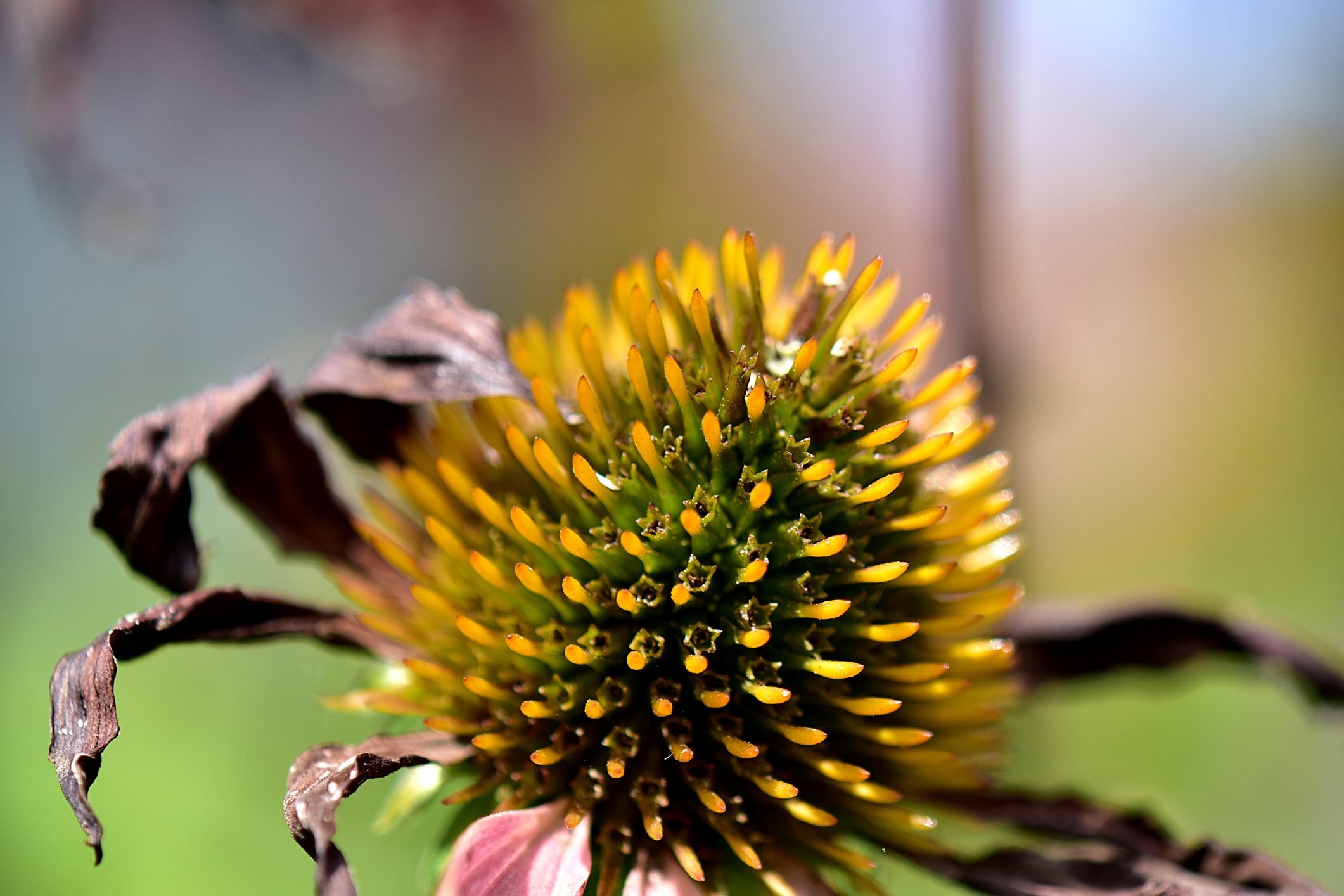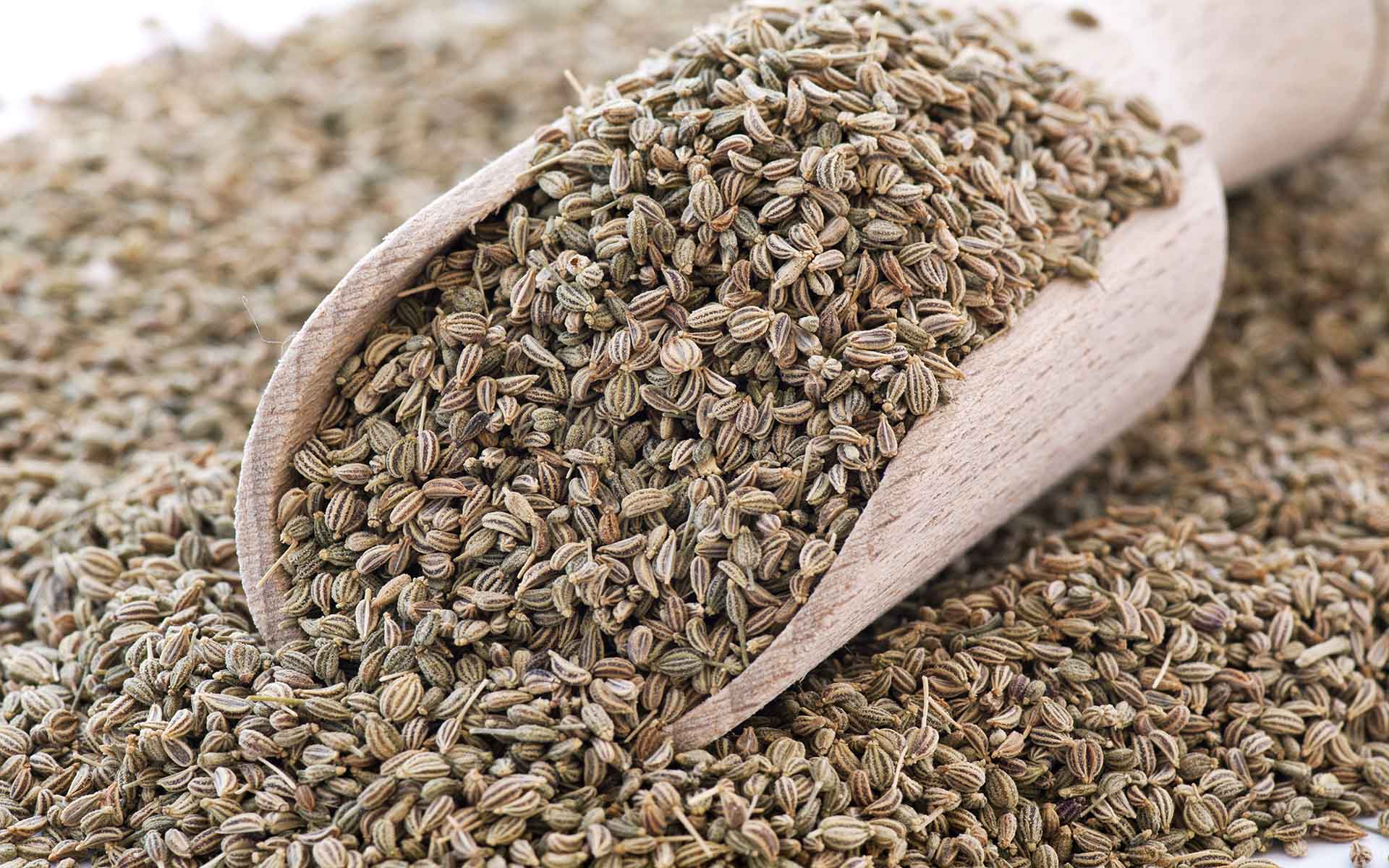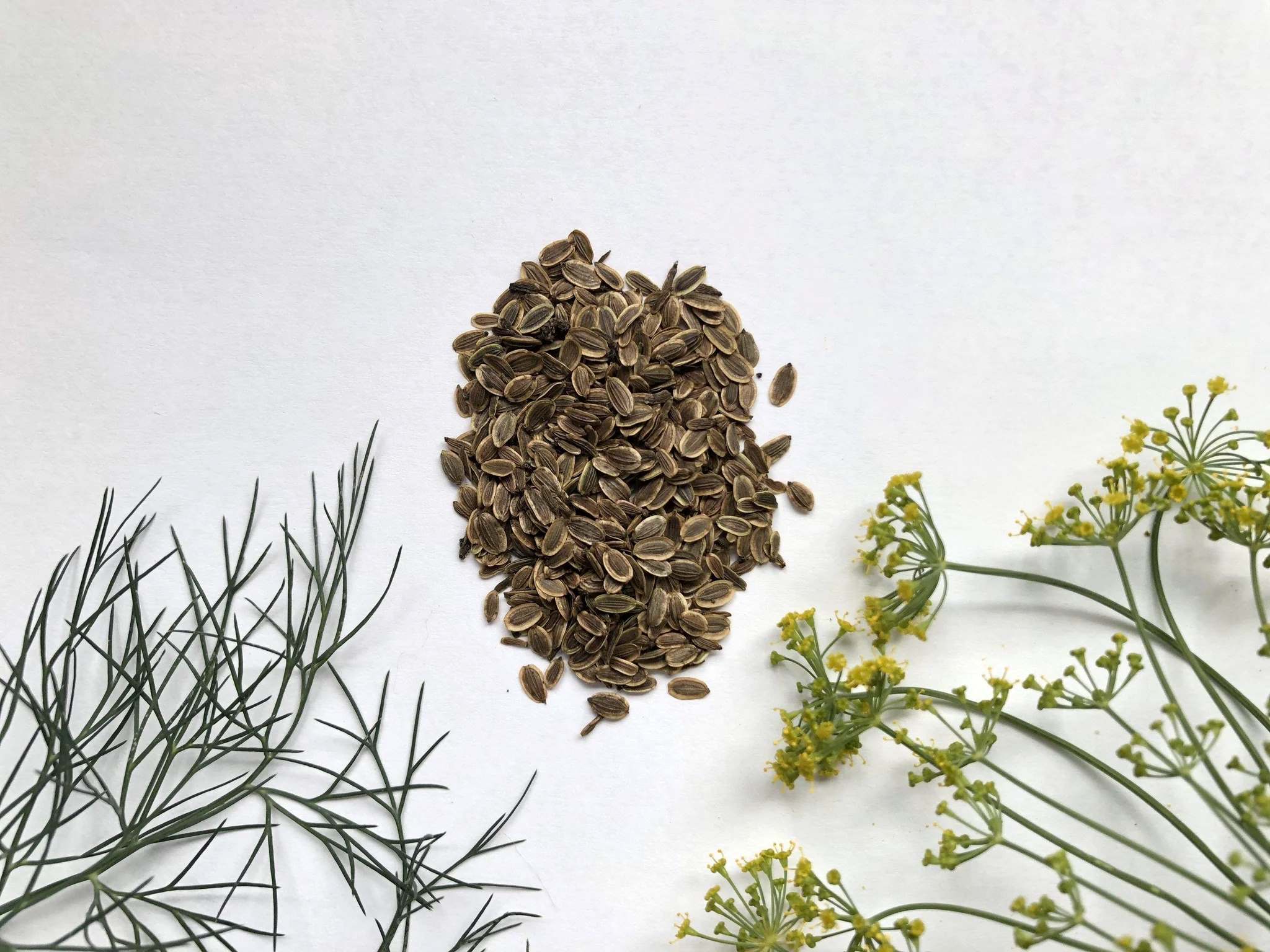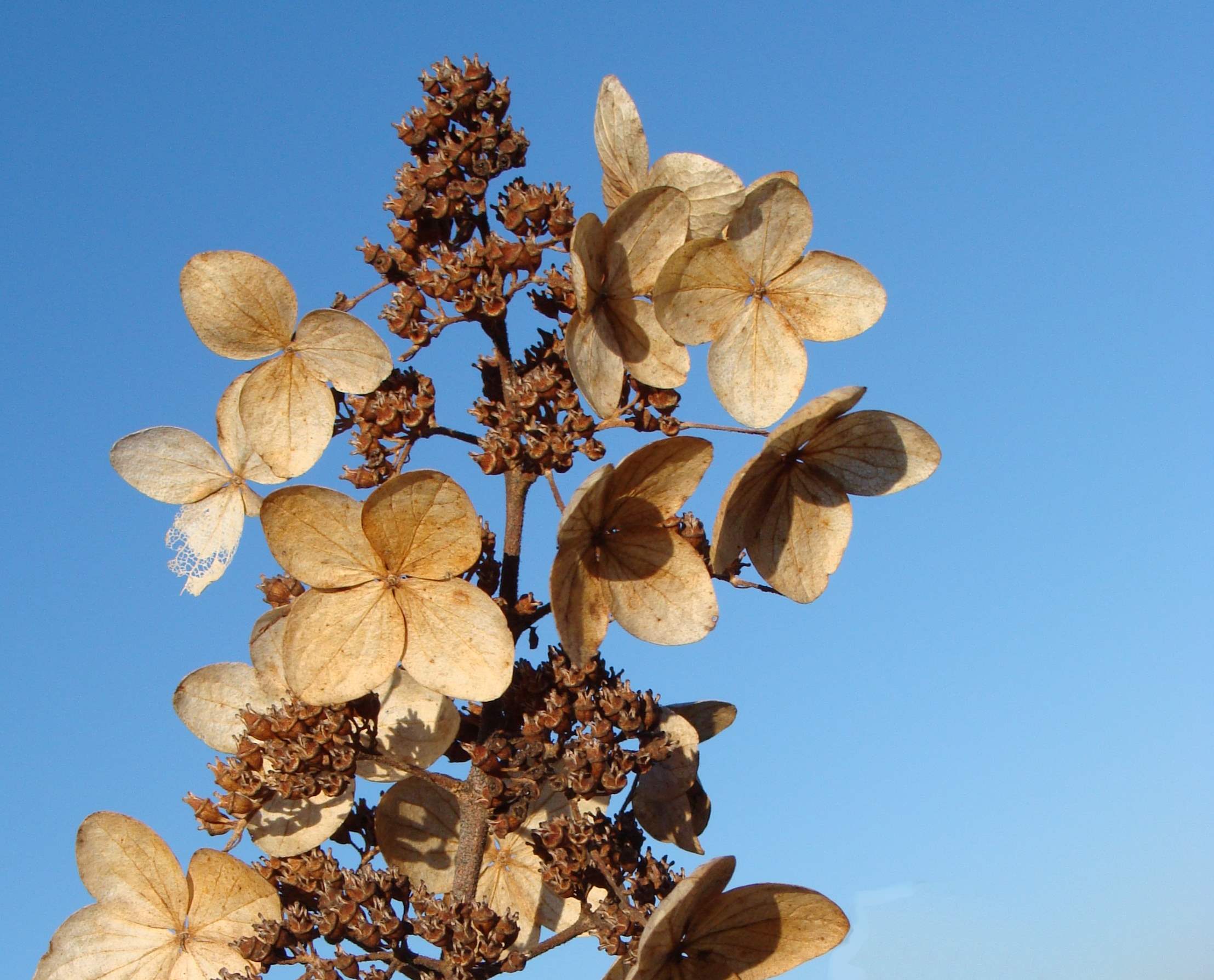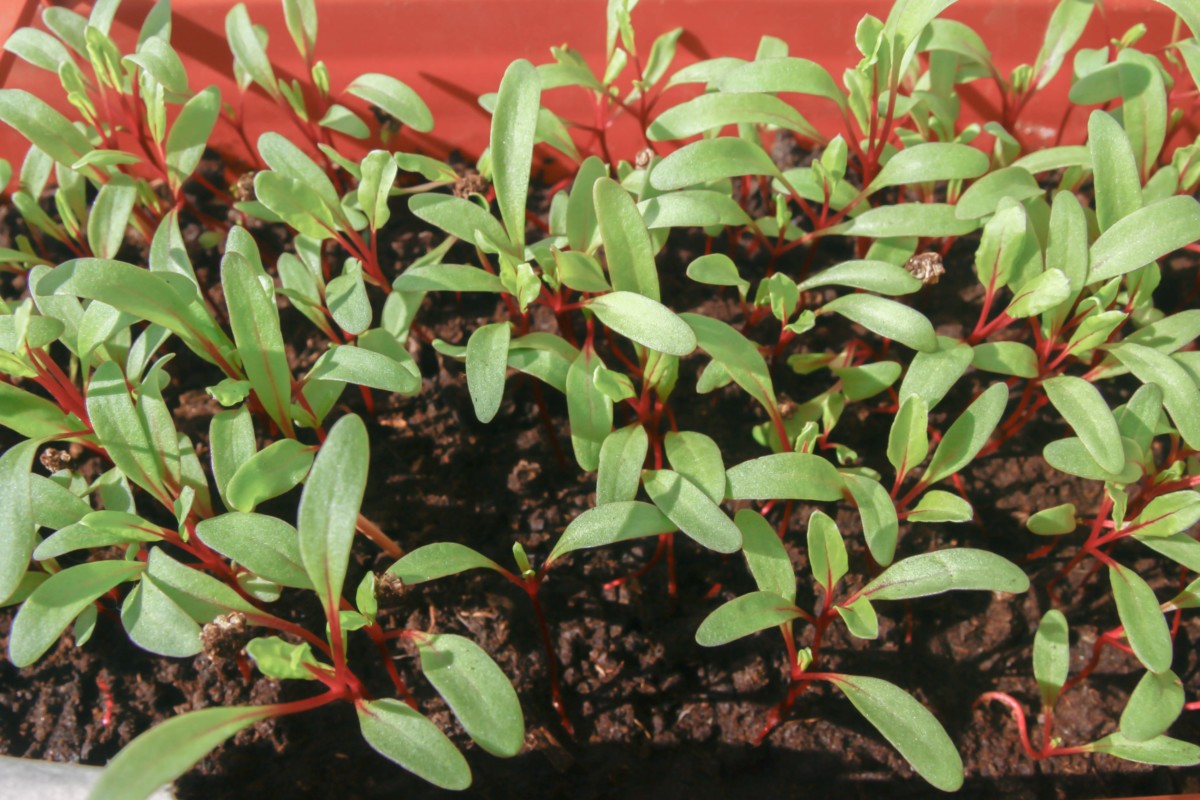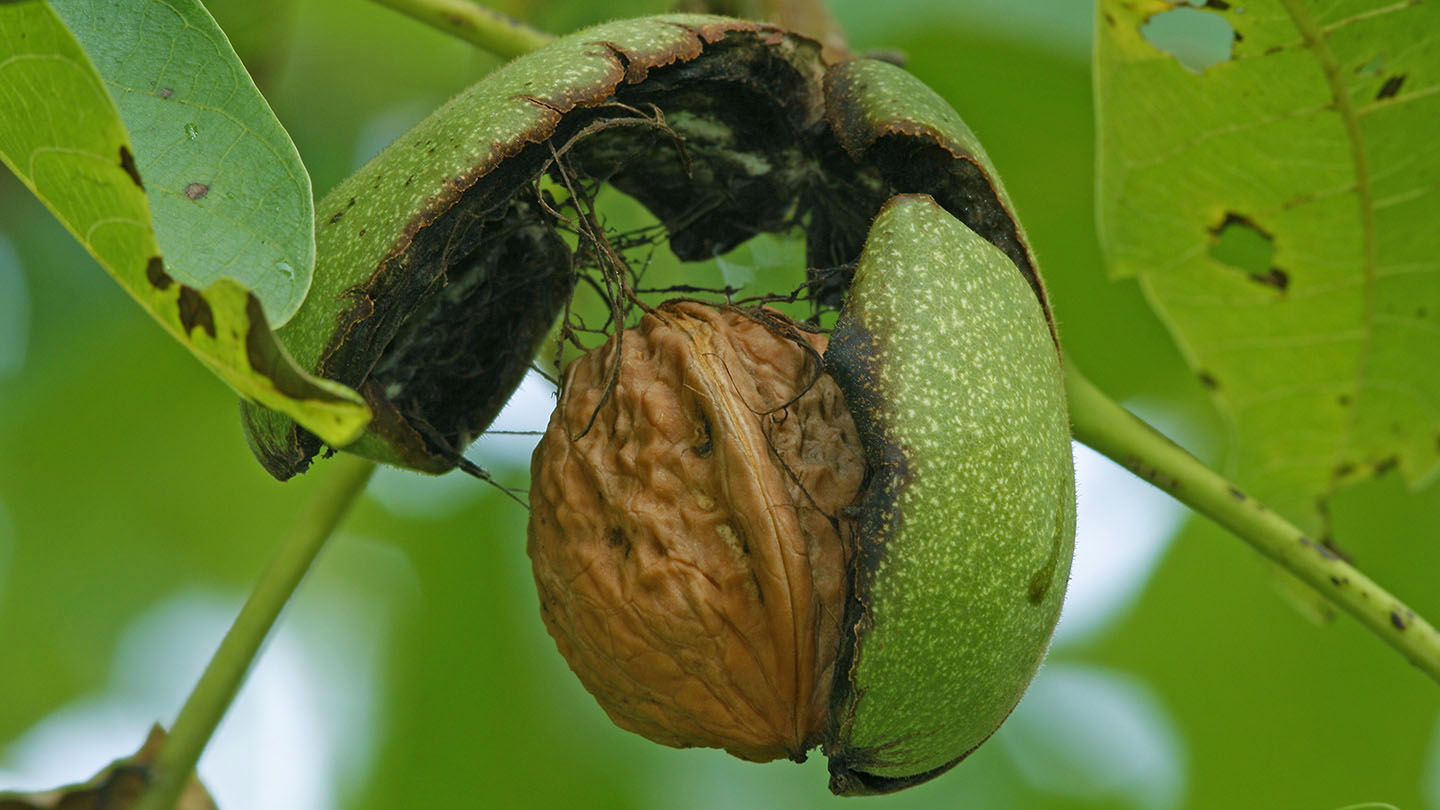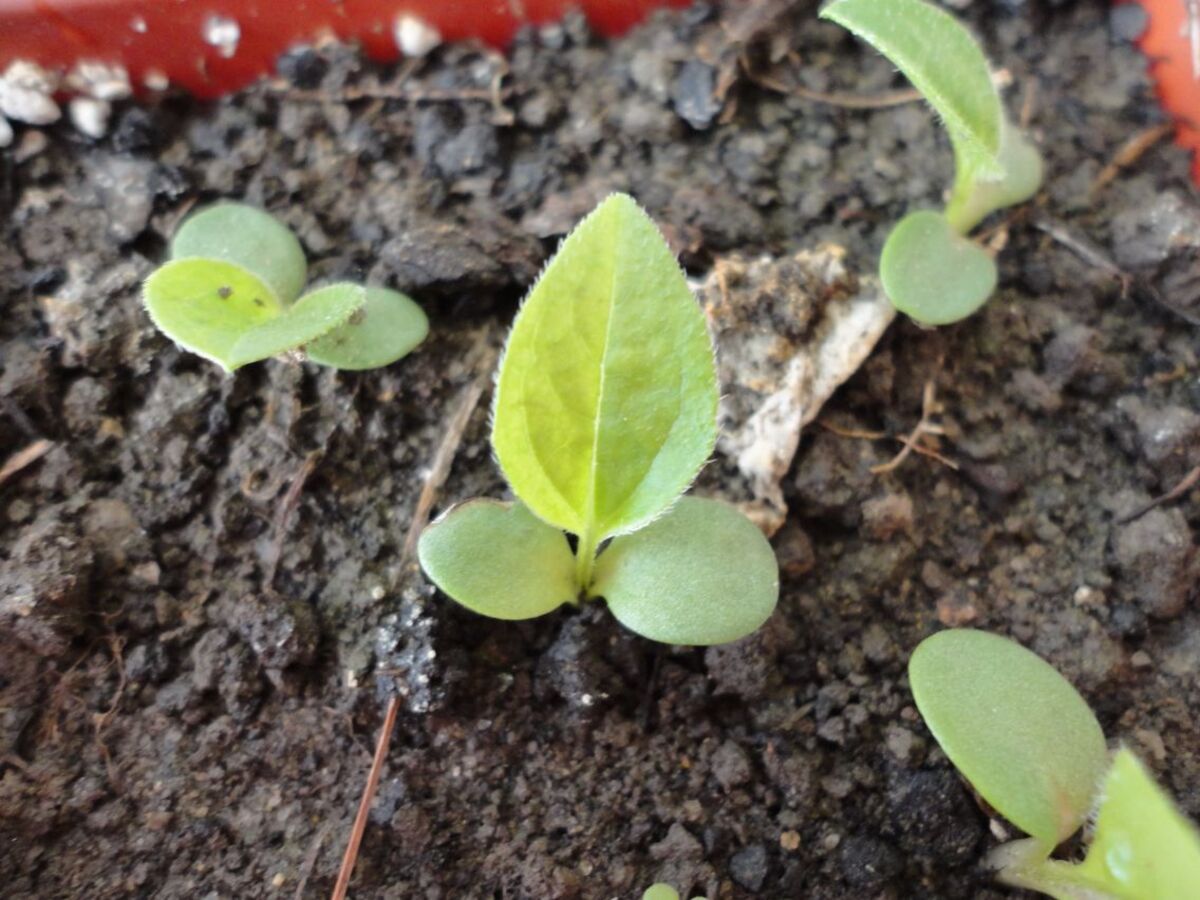Home>Gardening Basics>Getting Started>What Do Weeds Look Like


Getting Started
What Do Weeds Look Like
Modified: February 2, 2024
Learn what weeds look like and how to identify them. Get started with weed identification and control with our helpful guide.
(Many of the links in this article redirect to a specific reviewed product. Your purchase of these products through affiliate links helps to generate commission for Chicagolandgardening.com, at no extra cost. Learn more)
Table of Contents
Introduction
Weeds are the bane of every gardener's existence. They are the unwanted guests that seem to pop up everywhere, competing with your prized plants for water, sunlight, and nutrients. Despite their peskiness, weeds can actually be quite fascinating. Understanding what weeds look like and how to identify them is crucial for maintaining a healthy garden.
Weeds are often described as plants growing where they are not wanted. These invasive interlopers can be found in gardens, lawns, and agricultural fields, wreaking havoc on carefully cultivated landscapes. They are incredibly resilient and can thrive in diverse environments, from urban sidewalks to rural pastures.
While some weeds may appear harmless, they can have a significant impact on the ecosystem, choking out native plants and altering the balance of local flora and fauna. Recognizing the characteristics of weeds is essential for effective weed management and maintaining the health and beauty of your garden.
In this article, we will delve into the world of weeds, exploring their defining features, common types, and methods for identification and control. By the end, you will have a deeper understanding of these tenacious plants and be equipped with the knowledge to combat them effectively. Let's embark on this journey to uncover the secrets of weeds and learn how to keep them in check.
Characteristics of Weeds
Weeds possess several distinguishing characteristics that set them apart from desired plants. Understanding these traits is crucial for accurate identification and targeted weed management. Here are the key features that define weeds:
- Rapid Growth: Weeds are known for their vigorous and rapid growth, often outpacing cultivated plants. This allows them to quickly colonize an area and compete for essential resources.
- High Reproductive Capacity: Weeds are prolific reproducers, employing various strategies such as abundant seed production, rhizome spreading, and vegetative propagation. This enables them to establish and spread rapidly, making them challenging to eradicate.
- Adaptability: Weeds exhibit remarkable adaptability to different environmental conditions, thriving in diverse soil types, moisture levels, and light intensities. Their resilience enables them to invade various habitats and outcompete native species.
- Aggressive Competition: Weeds are adept at competing with desirable plants for essential resources, including water, nutrients, and sunlight. Their aggressive nature often leads to stunted growth and reduced vigor in cultivated plants.
- Unpalatability to Grazers: Some weeds contain compounds that make them unappealing or toxic to grazing animals, allowing them to spread unchecked in pastures and natural landscapes.
Recognizing these characteristics can aid in the early detection and management of weeds, preventing them from establishing a stronghold in your garden or landscape. By staying vigilant and understanding the unique traits of weeds, you can effectively mitigate their impact and preserve the health of your cultivated plants.
Common Types of Weeds
Weeds come in a myriad of forms, each with its own distinct characteristics and growth habits. Understanding the common types of weeds can aid in their identification and targeted control. Here are some prevalent categories of weeds:
- Broadleaf Weeds: These weeds are characterized by broad, flat leaves and can include familiar intruders such as dandelions, clover, and plantain. They often produce conspicuous flowers and can quickly spread in lawns and garden beds.
- Grassy Weeds: Grassy weeds, as the name suggests, resemble grasses and can be challenging to distinguish from desired turf. Common examples include crabgrass, foxtail, and annual bluegrass, which can infest lawns and compete with cultivated grass species.
- Perennial Weeds: Perennial weeds have a persistent nature, returning year after year from their root systems. Examples include bindweed, thistle, and quackgrass, posing a long-term challenge to gardeners due to their resilience and deep-rooted nature.
- Annual Weeds: Annual weeds complete their life cycle within a single growing season, germinating from seeds and producing new seeds before dying. They can rapidly colonize disturbed soil and include species like chickweed, purslane, and pigweed.
- Woody Weeds: Woody weeds encompass shrubs, trees, and vines that encroach upon landscapes and compete with desirable vegetation. Species such as poison ivy, blackberry brambles, and English ivy fall into this category, requiring targeted management strategies.
By familiarizing yourself with these common types of weeds, you can develop a keen eye for identifying and addressing specific weed species in your garden or landscape. Each category presents unique challenges and requires tailored approaches for effective control and prevention of further spread.
Identifying Weeds in Your Garden
Accurate identification of weeds is essential for implementing targeted control measures and preserving the health and aesthetics of your garden. Here are some key steps to effectively identify weeds in your garden:
- Observe Growth Habits: Take note of the growth habits, including the overall shape, height, and branching patterns of the plants in question. This can provide valuable clues for distinguishing weeds from desired plants.
- Examine Leaves and Flowers: Pay attention to the leaf shape, arrangement, and any distinctive features such as spines or hairs. Additionally, observe the flowers if present, noting their color, shape, and arrangement, as these can aid in identification.
- Consider the Growing Environment: Evaluate the environmental conditions in which the suspected weeds are thriving, including soil type, moisture levels, and light exposure. Certain weeds have specific habitat preferences that can assist in narrowing down their identity.
- Consult Identification Resources: Utilize reputable weed identification guides, online databases, or seek advice from local gardening experts or extension services. These resources can provide detailed descriptions and images to aid in accurate weed identification.
- Use Smartphone Apps: Take advantage of modern technology by using smartphone apps designed for plant and weed identification. These apps often utilize image recognition and can help narrow down potential weed species.
By employing these methods, you can develop a keen eye for identifying weeds in your garden, enabling prompt and effective action to prevent their proliferation. Remember that early detection and intervention are key to minimizing the impact of weeds on your cultivated plants and maintaining a flourishing garden.
How to Control Weeds
Effectively controlling weeds is essential for preserving the vitality and aesthetics of your garden. Implementing proactive strategies can help minimize weed infestations and maintain the health of desired plants. Here are some effective methods for controlling weeds:
- Cultivation and Mulching: Regular cultivation of garden soil can disrupt weed growth and expose weed seedlings to desiccation. Mulching with organic materials such as straw, wood chips, or compost can smother weeds and inhibit their germination by blocking sunlight.
- Hand Pulling: For small-scale weed control, hand pulling can be an effective method, especially for annual weeds with shallow roots. Ensure to remove the entire plant, including the roots, to prevent regrowth.
- Herbicides: Selective herbicides can target specific weed species while minimizing harm to desired plants. When using herbicides, carefully follow the instructions and consider organic or eco-friendly options for environmentally conscious weed control.
- Integrated Weed Management: Employ a combination of cultural, mechanical, and chemical control methods to create a holistic approach to weed management. This integrated strategy can help prevent weed resistance and minimize environmental impact.
- Preventative Measures: Minimize weed establishment by promoting dense plantings, maintaining healthy soil fertility, and promptly addressing bare soil areas to prevent weed colonization.
- Biological Control: Introduce natural predators or competitors of specific weed species to help manage their populations. Biological control agents can include insects, pathogens, or grazing animals that target invasive weeds.
By integrating these weed control methods into your gardening practices, you can effectively manage weed populations and create a thriving environment for your desired plants. Consistent vigilance and proactive weed management are key to maintaining a beautiful and flourishing garden.
Conclusion
Understanding the characteristics and types of weeds, along with effective identification and control methods, is paramount for maintaining a healthy and vibrant garden. Weeds, with their tenacious nature and rapid growth, pose a continual challenge to gardeners and landscapers. However, armed with knowledge and proactive strategies, it is possible to manage and mitigate their impact.
By recognizing the defining features of weeds, such as their rapid growth, high reproductive capacity, and adaptability, gardeners can develop a keen eye for early detection and intervention. Differentiating between common types of weeds, including broadleaf, grassy, perennial, annual, and woody varieties, allows for targeted approaches to weed control.
Identifying weeds in the garden requires careful observation of growth habits, leaf and flower characteristics, and the surrounding environment. Utilizing available resources, such as identification guides and smartphone apps, can aid in accurate weed identification and informed decision-making.
When it comes to controlling weeds, a multifaceted approach is key. Cultivation, mulching, hand pulling, selective herbicides, integrated weed management, preventative measures, and biological control all play vital roles in effectively managing weed populations and preserving the health of desired plants.
Ultimately, staying proactive and vigilant in weed management is essential for nurturing a thriving garden. By implementing targeted control methods and fostering a deeper understanding of weeds, gardeners can create an environment where their prized plants can flourish without the relentless competition from invasive interlopers.
Embracing the ongoing battle against weeds as a part of the gardening journey, and equipping oneself with the knowledge and strategies to combat them, empowers gardeners to cultivate stunning landscapes and bountiful gardens. With dedication and informed practices, the beauty and vitality of our outdoor spaces can be preserved for generations to come.
